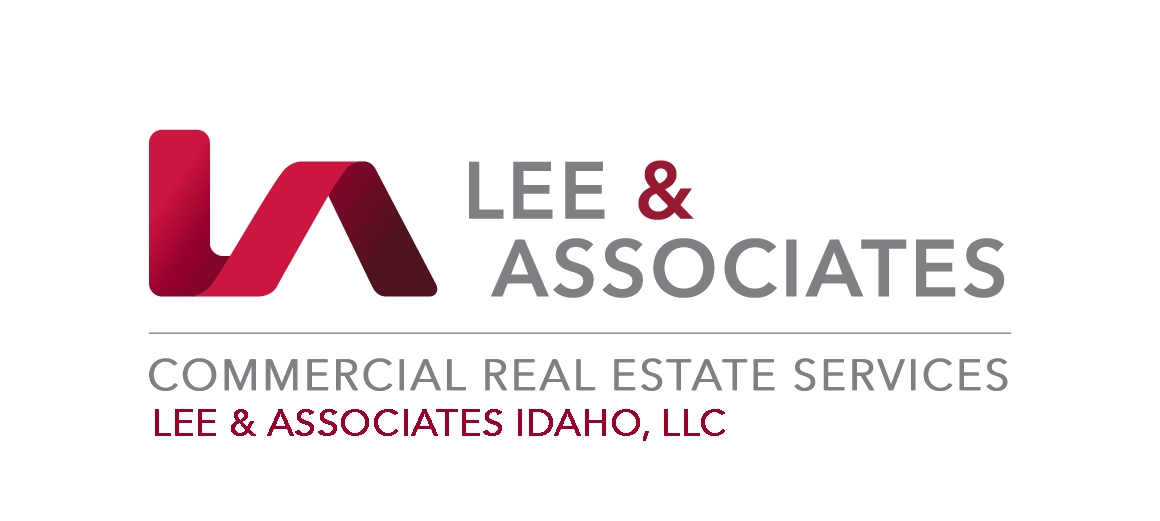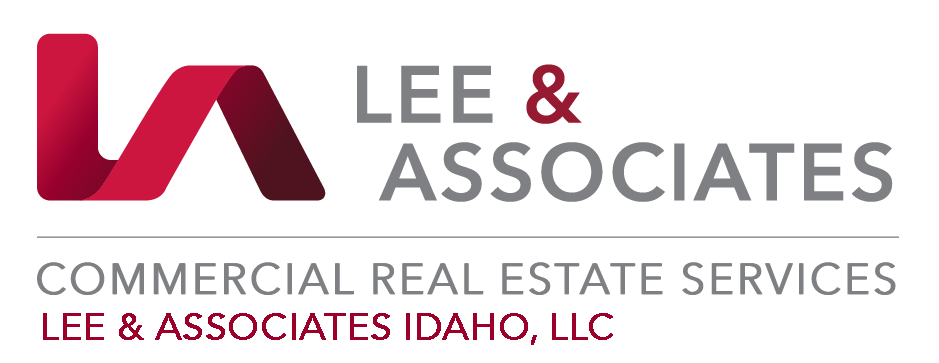Idaho's Demographics and Economy - A Deeper Dive Behind the Numbers
/The article below, published by the Idaho Department of Labor, shows some interesting demographic trends about people moving to Idaho. My comments are highlighted. The things that stood out to my are highlighted.
Idaho’s senior population is increasing at a much faster pace than the U.S. as a whole, according to the recently released American Community Survey from the U.S. Census Bureau. Nationally, the senior population – those 64 and older – increased 9.9 percent from 2017 to 2019, while Idaho’s senior population grew 32.4 percent.
In the next couple of months, the Census Bureau will publish American Community Survey data for counties, cities, ZIP code areas, Native American homelands and reservations, and census tracts. The survey provides information about demographics, employment, education, income, poverty, health insurance, veterans, types of households and people with disabilities. The ACS is described as the “most detailed look at America’s people, places and economy.”
Highlights from the new 2018 American Community Survey show how rapidly Idaho’s population is growing and changing, the numbers and types of people moving into the state, the regions where today’s Idaho residents were born, the educational attainment of Idahoans and who is self-employed in the state:
- Rapid growth of Idaho’s senior population (32.4 percent compared with 9.9 percent for the total state population). With the rapid growth of seniors we will see increased services catering to this age demographic. I expect to see pharmacy, medical and assisted living facilities continue to pop up throughout the valley.
- Many people are moving to Idaho and they aren’t all rich retirees.
- Fewer than half (5 percent) of Idahoans were born in Idaho, while 58.1 percent of U.S. residents live in the state where they were born.
- Idahoans are more likely to have high school diplomas than U.S. residents, but less likely to have college degrees.
- Female college graduates now outnumber males in Idaho.
Age
- Idaho’s population grew 9.9 percent, from 1,595,728 in 2012 to 1,754,208 in 2018.
- The U.S. population grew 4.2 percent to 327 million in the same period.
- The fastest-growing age group is the population 65 years and older. This group grew 32.4 percent in Idaho and 21.5 percent in the U.S.
- Idaho’s under-18 population grew 4.9 percent to 445,370, while the number of U.S. children in that age group fell 0.5 percent. This growth will present some challenges for our school systems to keep up as we work on improving our already behind education system. Idaho’s under 18 population grew 4.9 percent. The challenges this will present to our schools is a big concern of mine. In my opinion this is the most important area to focus on to improve the direction of our state. If you are an Idaho business owner, I recommend looking into Idaho Business for Education to learn more about how you can join more than 200 Idaho businesses to make an impact on Idaho’s Education. www.idahobe.org
People moving to Idaho in 2018:
- An estimated 79,765 people moved to Idaho from another state in 2018, up 34.5 percent increase from 2017 when 59,283 people moved to the Gem State.
- Approximately 16,936 children were moved to Idaho, making up 21.2 percent of the people moving into the state.
- 17,187 people age 55 and older moved to Idaho and made up 21.5 percent of the people moving into the state.
- 6,724 people moved to Idaho from abroad. These include foreign-born people, but also Idahoans and other U.S. citizens who had been living abroad.
- About 16.9 percent of the people who moved to Idaho from a different state had incomes greater than $50,000 a year.
- 1 percent of the Idaho residents who lived in the same house a year earlier had incomes greater than $50,000 a year.
- Of the population 25 years and older who moved to Idaho from another state in 2018, 32 percent had a bachelor’s degree or higher, compared to 27.6 percent of Idahoans who lived in the same house the year before.
There is a lot to unpack from this section. The state grew around 4.5% in 2018 with around 43% of people too young to work or nearing the end of their working careers. That means 57% or 45,466 of these people are in the ages from 19-54. This is great for our companies looking for a talented workforce to keep up with their growth and replace our quickly retiring workforce of Boomers.
I think it’s also important to note that almost 8.5% of the people moving here are from out of the country. This is a win for our state. We have lost potential companies due to our lack of diversity. More importantly, when you have a diverse workforce, numbers show profits increase. I’m interested to see the numbers in 2019 and if this is a trend that is continuing.
Where Idahoans were born
- In 2018, 46.5 percent of Idahoans were born in Idaho.
- In 2018, 58.1 percent of Americans lived in the state where they were born.
- Of the Idahoans born in another state, 68.6 percent were born in the West; 15.3 percent in the Midwest; 10.6 percent in the South; and 5.4 percent in the Northeast.
Foreign-born population
- In 2018, 1.3 percent of Idahoans under 18 years old were foreign-born, compared with 3.4 percent across the U.S.
- In 2018, 7.5 percent of Idahoans 18 years and older were foreign-born, compared with 16.5 percent across the U.S.
- Of the 105,228 foreign-born Idahoans, 45,441 were naturalized U.S. citizens.
- Of Idaho’s 2018 foreign-born population, 18.4 percent entered the United States after 2009, 28.6 percent entered between 2000 and 2009, 24.1 percent entered between 1990 and 1999 and 28.8 percent entered before 1990.
Educational attainment
- Idahoans are more likely to have high school diplomas than U.S. residents. In 2018, 90.9 percent of Idahoans 25 years and older had graduated from high school or earned a GED high school equivalency certificate, compared to 88.3 percent of the nation’s population of the same age. I didn’t know or expect the stat about our high school graduation rate. I find it interesting that our “go on” rate is so low with this high of a high school graduation rate. Again, this is one of our greatest areas for improvement in the state.
We can also help solve or reduce many of our social issues by helping everyone increase their education, which increases their earning potential. This doesn’t mean everyone needs to attend a four-year institution. We have a great need for more skilled tradespeople, which has a lower cost barrier to entry with great income potential. More tradespeople will also help increase development if it leads to lower construction costs.
- Women now are more likely to have college diplomas than men. In 2018, 28.1 percent of Idaho women 25 years and older had bachelor’s degrees or higher, while 27.2 percent of Idaho men in the same age group had them
- Six years earlier, 24.3 percent of Idaho women 25 years and older had college diplomas, while 26.7 percent of Idaho men 25 years and over did.
- In 2018, 33.3 percent of American women 25 years and older had college diplomas, while 31.9 percent of American men did.
- In 2012, 29.1 percent of American women and 29.1 percent of American men were college graduates.
- The more education people have, the less likely they are to be poor. In 2018, 4.4 percent of Idahoans 25 years and older with bachelor’s degrees or higher lived in poverty, while 8.7 percent of those who attended college but didn’t earn a bachelor’s degree lived in poverty. About 12.1 percent of those with a high school diploma, but no further education, had incomes below the poverty level, and the income of 18.5 percent of those without high school diplomas fell below the poverty level.
Self-employed
- In 2018, self-employed individuals made up 11.7 percent of employed Idaho residents.
- The number of self-employed Idahoans grew 9.6 percent, from 85,953 in 2012 to 94,179 in 2018.
- In 2018, 38.5 percent of self-employed Idahoans were women.
- The median earnings for self-employed individuals in their own incorporated businesses in Idaho in 2018 was $48,015, and the median earnings for self-employed individuals in their own unincorporated businesses was $30,821.
This is an important segment of our population working for themselves and creating additional organic grown jobs in the state. Small businesses have always been the backbone of our employment sector. One stimulus I see coming for this is HP is providing early severance packages for many employees. There is a good opportunity for these smart people who are still in some of the best working years of their life to start a small business and keep growing this population of self-employed individuals.






